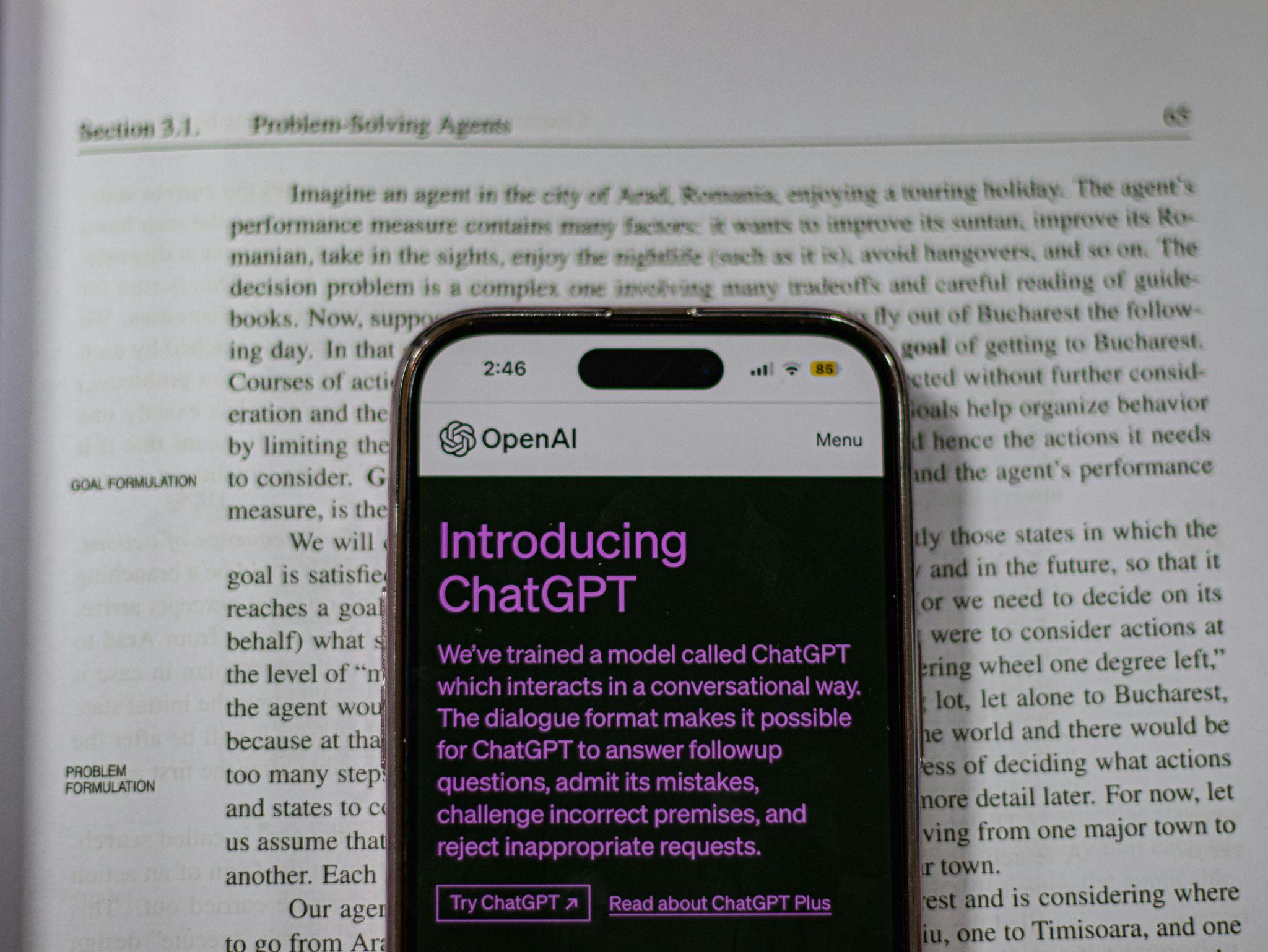The publishing industry stands at a pivotal moment where artificial intelligence is revolutionizing how content is created, distributed, and optimized for audiences. As publishers face mounting pressure to produce high-quality content at scale while maintaining competitive edge, AI-powered tools have emerged as essential assets for streamlining content marketing operations and achieving measurable results.
AI in Publishing: The Current Landscape
Artificial intelligence is fundamentally transforming publishing workflows, from initial manuscript evaluation to final content distribution and audience engagement. Publishers are increasingly leveraging AI to automate time-consuming tasks, enhance editorial decision-making, and create more targeted marketing strategies that resonate with specific reader segments.
Key Use Cases Across the Content Lifecycle
AI applications span the entire publishing pipeline, offering publishers unprecedented opportunities to optimize their operations:
- Manuscript Pre-sorting and Evaluation: AI algorithms analyze submissions for genre classification, quality assessment, and commercial viability
- Content Generation and Enhancement: Automated writing assistance for marketing copy, social media posts, and supplementary content
- Editorial Planning and Scheduling: Predictive analytics for content calendars and publication timing optimization
- Localization and Translation: AI-powered translation services for global content distribution
- Audience Analytics and Segmentation: Advanced reader behavior analysis for targeted marketing campaigns
- SEO Optimization: Automated keyword research and content optimization for search engine visibility
- Performance Tracking: Real-time analytics on content engagement and conversion rates
Industry Adoption Examples
Leading publishers are already implementing AI solutions with remarkable success. Informa has developed comprehensive AI platforms that streamline product creation and marketing planning processes, enabling faster time-to-market for new publications. Similarly, Magazine Manager has integrated AI tools across multiple publishing functions, from content creation to subscriber management, demonstrating the versatility of AI applications in modern publishing operations.
Top AI Tools and Their Roles in Content Marketing
Publishers today have access to sophisticated AI tools designed specifically for content marketing optimization. These tools address various aspects of the publishing workflow, from initial content creation to final performance analysis.
Content Creation & Optimization Tools
| Tool | Primary Purpose | Key Strengths | Ideal Use Case |
|---|---|---|---|
| MarketMuse | Content strategy & SEO | Topic research, content gaps analysis | Long-form content planning |
| Jasper AI | Content generation | Brand voice consistency, templates | Marketing copy, social media |
| Writesonic | AI writing assistant | Speed, versatility | Blog posts, product descriptions |
| Copy.ai | Marketing copy creation | Conversion optimization | Email campaigns, ad copy |
| Anyword | Performance prediction | Data-driven copy scoring | A/B testing, optimization |
Editorial Workflow & Strategy Enhancers
Modern editorial teams benefit from AI tools that streamline workflow management and enhance strategic planning. The Quark Publishing Platform NextGen incorporates AI content intelligence to help editors make data-driven decisions about content priorities and resource allocation. Grammarly’s advanced AI enhancements go beyond basic grammar checking to provide style suggestions and tone adjustments that maintain brand consistency across all published content.
Audience Insight & Marketing Amplifiers
AI-powered marketing tools enable publishers to reach audiences more effectively through personalized campaigns. Omneky’s omnichannel ad generation platform creates targeted advertisements across multiple platforms simultaneously, while maintaining consistent messaging and visual branding. These tools analyze audience behavior patterns to optimize ad placement, timing, and creative elements for maximum engagement and conversion rates.
Benefits of AI-Powered Content Marketing in Publishing

The integration of AI into content marketing strategies delivers transformative benefits that extend far beyond simple automation. Publishers leveraging these technologies report significant improvements in operational efficiency, content quality, and audience engagement metrics.
Efficiency, Scalability, and Speed
AI-powered content marketing provides publishers with unprecedented operational advantages:
- Accelerated Content Production: AI tools reduce content creation time by 60-80% while maintaining quality standards
- Scalable Operations: Publishers can increase content output without proportional increases in staff or resources
- Quality Consistency: AI ensures consistent tone, style, and messaging across all content channels
- Resource Optimization: Teams can focus on strategic tasks while AI handles routine content operations
- 24/7 Content Generation: AI tools work continuously, enabling faster response to trending topics and market opportunities
Data-Driven Decision Making
AI tools provide publishers with comprehensive analytics and insights that inform strategic decisions. AI-driven content marketing suites analyze competitor strategies, identify content gaps, and recommend optimization opportunities based on real-time market data. This analytical capability enables publishers to make informed decisions about content investments, audience targeting, and marketing channel allocation.
Personalization and Audience Engagement
AI enables unprecedented levels of content personalization, allowing publishers to create targeted experiences for specific reader segments. Publishers can automatically generate personalized book recommendations, customize email newsletters based on reading history, and create dynamic website content that adapts to individual user preferences, resulting in significantly higher engagement rates and customer satisfaction.
Implementation Strategies for Publishers

Successful AI implementation requires careful planning and strategic alignment with publishing objectives. Publishers must consider their current capabilities, budget constraints, and long-term goals when selecting and deploying AI tools across their operations.
Choosing the Right Tools for Your Goals
| Publisher Objective | Recommended AI Tools | Rationale |
|---|---|---|
| Content Scale-up | Jasper AI, Copy.ai | High-volume content generation with brand consistency |
| SEO Optimization | MarketMuse, Surfer SEO | Comprehensive keyword research and content optimization |
| Audience Growth | Anyword, Omneky | Data-driven marketing campaigns and ad optimization |
| Workflow Efficiency | Grammarly Business, Notion AI | Editorial workflow streamlining and collaboration |
| Analytics & Insights | Google Analytics Intelligence, SEMrush | Performance tracking and competitive analysis |
Ensuring Human Oversight and Quality Control
Maintaining editorial standards while leveraging AI requires structured oversight processes:
- Editorial Review Protocols: Establish mandatory human review for all AI-generated content before publication
- Brand Voice Guidelines: Create comprehensive style guides that AI tools can reference for consistency
- Quality Checkpoints: Implement multiple review stages throughout the content creation process
- Training Programs: Ensure editorial teams understand AI tool capabilities and limitations
- Performance Monitoring: Regularly assess AI output quality and adjust parameters as needed
- Feedback Loops: Create systems for continuous improvement based on editorial team input
Measuring ROI and Performance
Publishers must track specific metrics to evaluate AI tool effectiveness and return on investment. Key performance indicators include content production velocity, engagement rates, conversion metrics, and time savings achieved through automation. A comprehensive performance dashboard should monitor content output volume, quality scores, audience engagement, lead generation, and cost per acquisition to provide clear visibility into AI tool impact on business objectives, as highlighted in Hurree’s guide on measuring the ROI of AI in marketing.
Future Trends: AI’s Next Frontier in Publishing
The publishing industry continues to evolve rapidly as AI technologies become more sophisticated and integrated into core business operations. Publishers must stay ahead of emerging trends to maintain competitive advantage and operational efficiency.
AI Orchestration Across Entire Workflows
The future of publishing lies in comprehensive AI orchestration that seamlessly connects all aspects of content creation, distribution, and marketing. Advanced media workflow AI integration will enable publishers to create fully automated content pipelines that handle everything from initial concept development through final audience delivery, with minimal human intervention required for routine operations.
Responsible and Transparent AI Use
As AI becomes more prevalent, publishers must address concerns about content authenticity and ethical AI use. Tools like Copyleaks provide AI-generated content detection capabilities that help maintain editorial integrity and transparency. Publishers are developing ethical AI guidelines that balance efficiency gains with responsible content creation practices, ensuring reader trust remains paramount.
Conclusion
AI-powered tools represent a fundamental shift in how publishers approach content marketing, offering unprecedented opportunities for efficiency, scalability, and audience engagement. The strategic implementation of AI technologies enables publishers to produce higher-quality content at scale while maintaining competitive advantage in an increasingly crowded marketplace. Success requires careful tool selection, robust human oversight, and continuous performance monitoring to ensure AI investments deliver measurable results. As AI technologies continue advancing, publishers who embrace these tools while maintaining ethical standards and editorial excellence will be best positioned for long-term success in the evolving digital publishing landscape.
